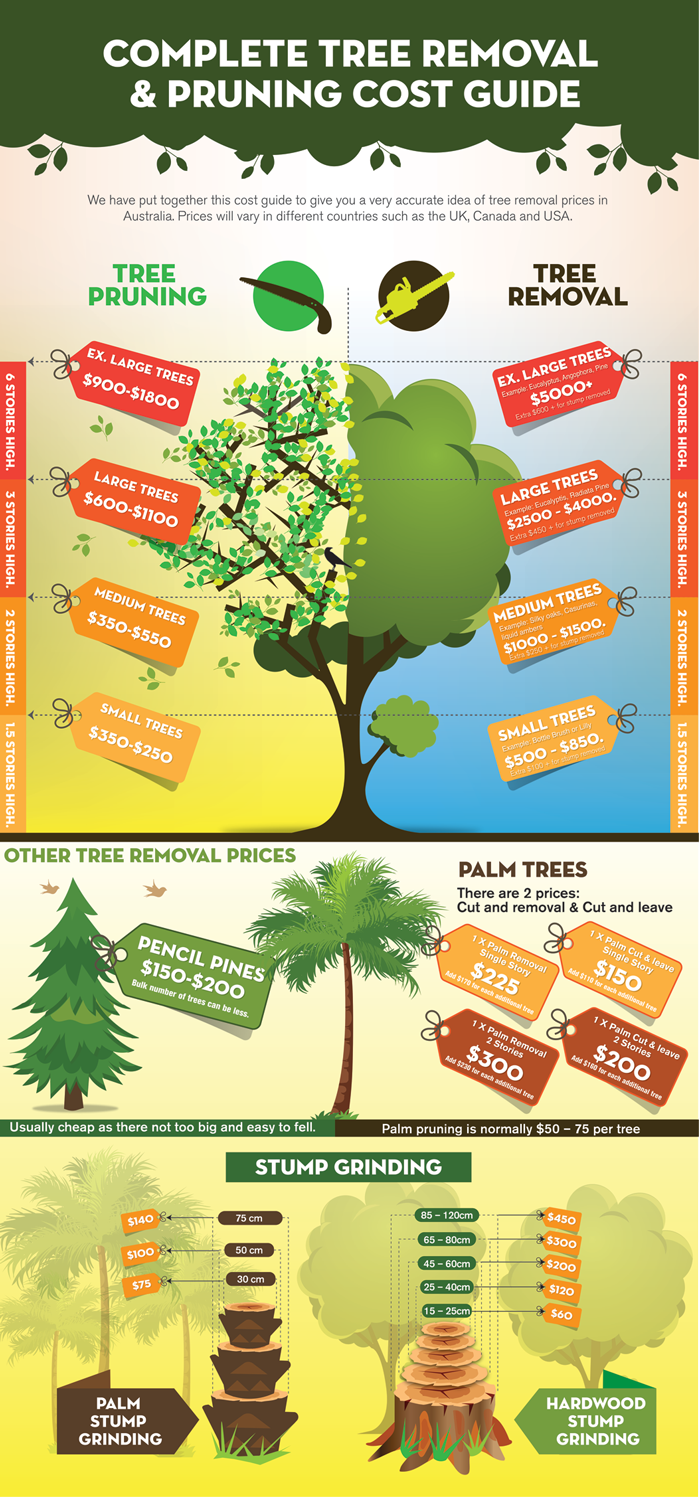Tree Preservation: Indications That Indicate The Demand For Elimination
Tree Preservation: Indications That Indicate The Demand For Elimination
Blog Article
Material Created By-Dale Levy
If you have actually ever before questioned the destiny of the trees on your residential or commercial property, understanding when it's time for elimination is important. Yet exactly how do you determine if a tree can be saved or if elimination is the only choice? By seeking particular indicators and evaluating security dangers, you can make informed choices that profit both your landscape and your surroundings. Allow's discover the essential aspects that enter play when making a decision the fate of a tree and exactly how you can make sure the most effective outcome for your eco-friendly buddies.
Indicators of Tree Decline
If you notice any of the complying with indications of tree decrease in your backyard, it may be time to consider tree elimination.
One typical indication is dead or rotting branches, which can suggest underlying issues affecting the tree's health. Keep an eye out for discolored or wilted leaves that continue despite correct care, as this could be an indication of condition or bugs.
One more warning signal is extreme leaning or a recognizable change in the tree's base, which may recommend origin problems or structural instability. Watch out for fungal growth on the trunk or roots, as this can show rot and jeopardize the tree's stability.
Furthermore, if you observe large splits in the trunk or major limbs, it's vital to deal with these issues quickly to stop potential threats. Dealing with these signs of tree decrease quickly can help preserve the safety and security and aesthetics of your backyard setting.
Safety and security Worries
To ensure the health of your residential property and those around you, prioritizing security worries related to trees is critical. Trees can pose various safety dangers if not properly kept. Dead or rotting branches might fall suddenly, threatening people or destructive structures.
Leaning trees can additionally be hazardous, particularly if they're leaning towards a building or high-voltage line. In addition, trees with substantial origin systems near foundations or underground energies can trigger substantial damages over time.
It's important to regularly inspect your trees for any kind of signs of potential risk. Keep an eye out for cracks in the trunk, huge cavities, or signs of disease and degeneration. If Read Far more discover any one of these problems, it's best to seek advice from a professional arborist to analyze the circumstance and identify the necessary strategy.
Taking proactive actions to attend to safety and security issues promptly can avoid crashes and property damages in the future. Remember, the safety of your home and those around you should always be the top concern when it comes to tree upkeep.
Consulting an Arborist
When considering the health and wellness of your trees, consulting an arborist is a crucial step. https://www.colorado.edu/health/2020/08/25/5-tips-fall-semester are educated professionals who concentrate on the care and maintenance of trees. They can assess the overall health and wellness of your trees, determine any kind of problems such as illness or architectural problems, and give professional suggestions on the best course of action.
By speaking with an arborist, you can receive important understandings into the condition of your trees and determine whether elimination is essential. Arborists have the expertise and experience to assess the risks associated with keeping a tree versus removing it. They can additionally use advice on alternative solutions, such as pruning, cabling, or supporting, to assist maintain the tree whenever feasible.
In addition, arborists can assist you browse any type of regional policies or allows that might be required for tree removal. Their knowledge can guarantee that the procedure is accomplished safely and in conformity with any relevant laws.
Conclusion
In conclusion, when determining whether trees can be saved or if removal is necessary, it is necessary to consider signs of decline and safety worries. Consulting an arborist for a detailed evaluation is vital in making the best decision for the tree's wellness and prospective threats. Bear in mind, proactive care and prompt activity can assist preserve trees and avoid mishaps.
